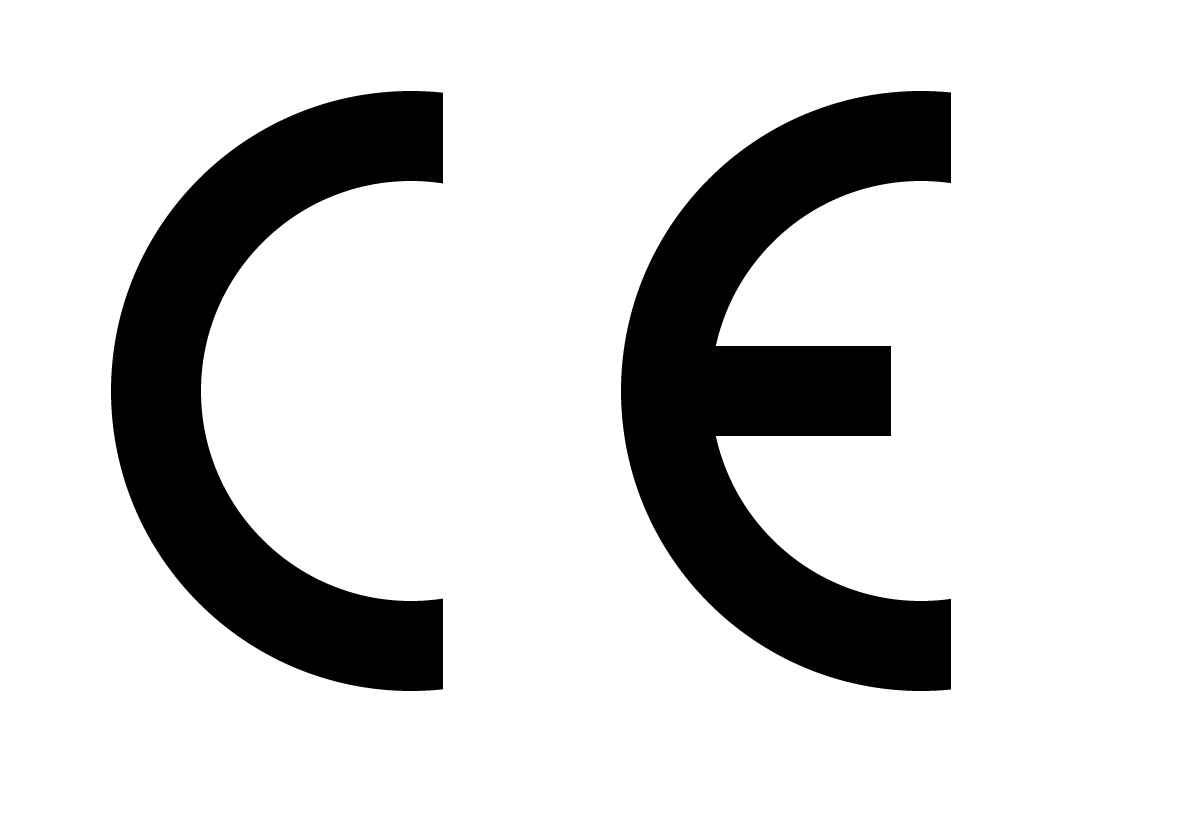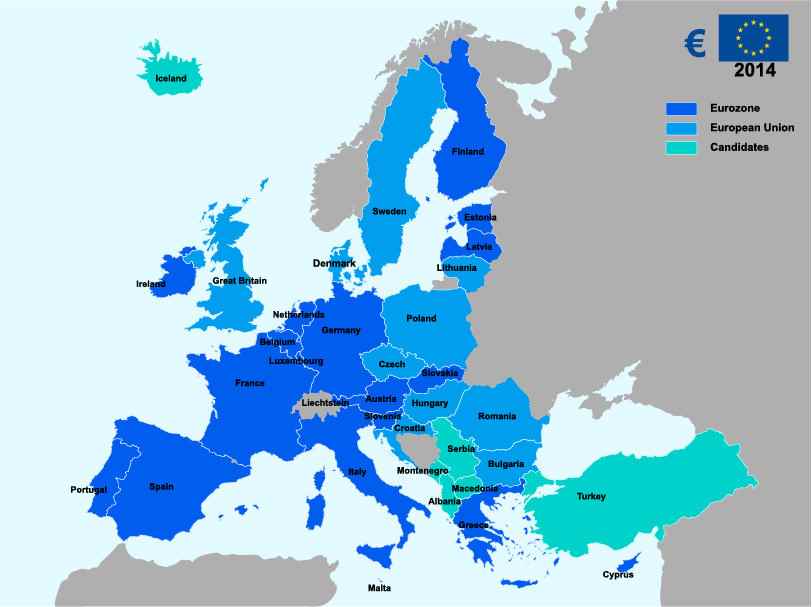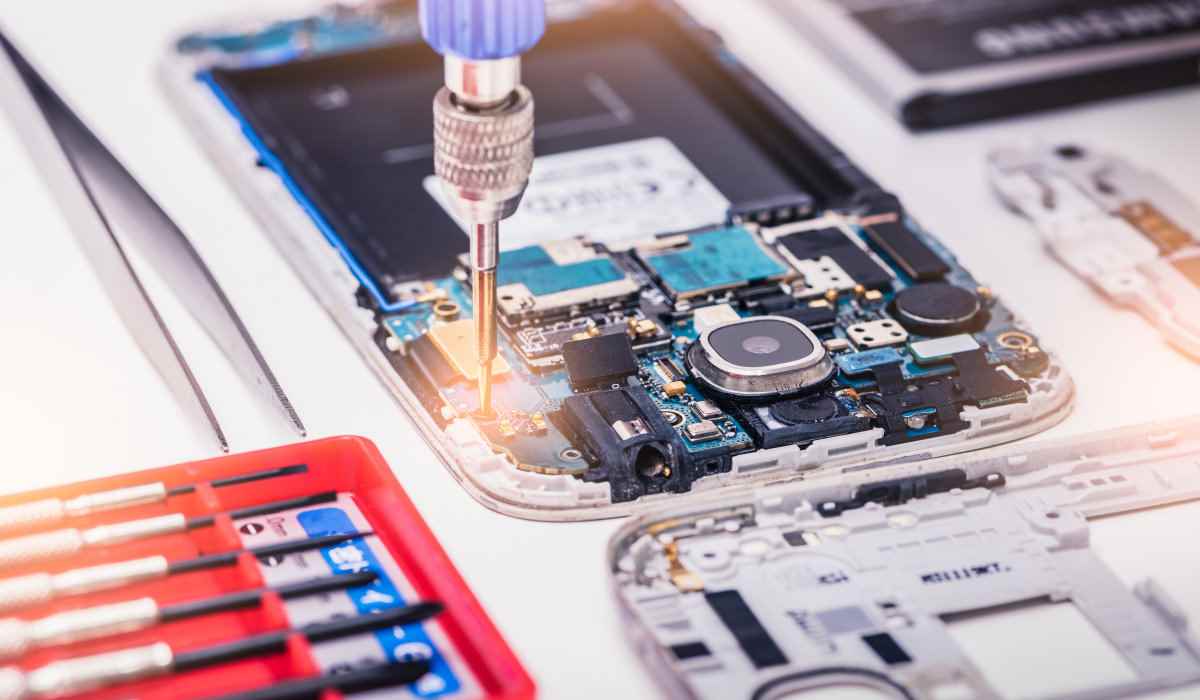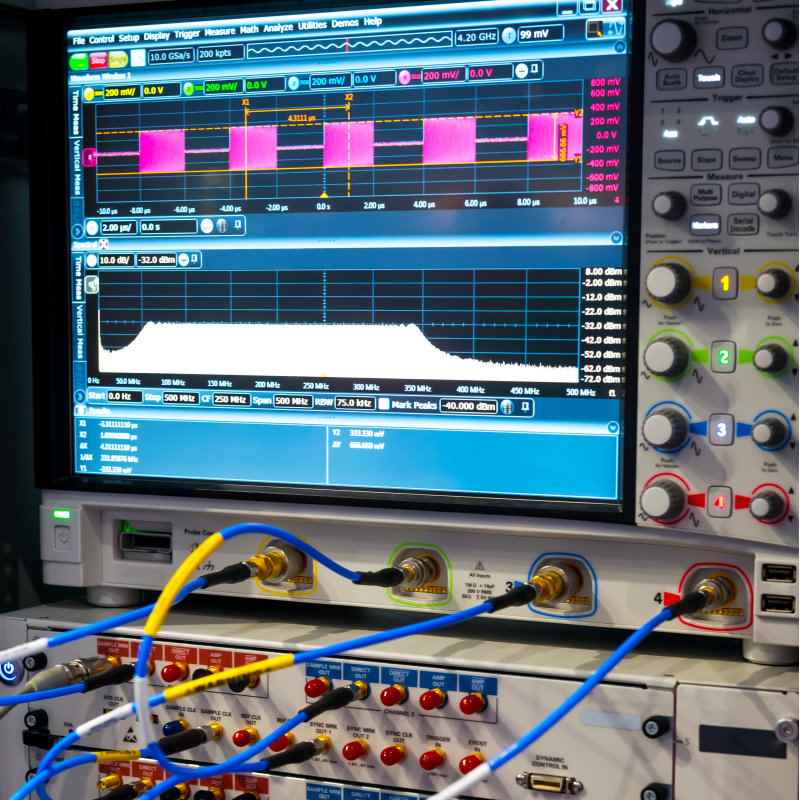CE Mark | Testing & Certification
We want to sell our product in the European Union: what is the CE Mark and what testing do we need to conduct?

What is the CE Mark?
In 1985, members of the European Community decided to implement a program to standardize EMC, Wireless, Safety, Medical, and Industrial testing across Europe. A shared series of Directives were created that contain the essential requirements (ie. test requirements) a product must meet to be sold in the European Union. All products imported or sold in the EU must have the CE Mark. Affixing the CE Mark to a product indicates that it has been tested and meets the required Directives that apply.
What Countries Require the CE Mark?
The vast majority of Europe requires the CE Mark for any product being sold in the country. At current, CE Marking is required to sell in the 28 member states of the European Economic Area, plus Iceland, Norway, Liechtenstein, Switzerland, and Turkey. In addition to these European interests, CE testing is accepted and used by many other countries (for example the FDA requires IEC 60601-1-2 testing for 510(K) medical device submissions).

CE Marking is a Different Regulatory Approach then the FCC
With the FCC, there are defined EMC requirements that your product must meet. To use the CE Mark on your product, you are required to 1)identify which Directives your product must meet, 2)determine the essential requirements, 3)conduct the applicable testing for your product, and then 4)maintain a Technical File to demonstrate compliance.

Your Product Needs to Meet Multiple Directives
For CE testing, a typical product may need to concurrently meet two to three different Directives to meet all of the essential requirements as dictated by the European Union. In addition to meeting concurrent Directives, depending on your product type the required testing standards can differ from product to product, even though for example each product is meeting the same directive. The required analysis is more detailed than with FCC EMC testing.

Our experts can help identify the applicable CE Directives and conduct the required testing for your product
EMC Directive 2014/30/EU
EMC Directive 2014/30/EU is a required of most electronic devices to ensure that the equipment meets the required EMI emissions limits (radiated and conducted), and is very similar to FCC Part 15B. Unlike Part 15B, the EMC Directive dictates that electronic products are tested for Immunity and Electrostatic Discharge (ESD), which means that your equipment will be tested to ensure that it does not malfunction in the presence of EMI or other forms of electromagnetic disturbance, and can withstand potential ESD events. Common EMC Directive test standards include EN 55032, EN 55024, and the EN 61000 family of tests.
Radio Equipment Directive 2014/53/EU (RED)
If you are building a wireless device, you will be required to meet the Radio Equipment Directive (RED) 2014/53/EU. RED has been mandatory for testing since June of 2016, and it replaced the former Directive on Radio and Telecommunications Terminal Equipment (also known as the R&TTE Directive, 1999/5/EC). In addition to being required testing for all intentional transmitters, radio receivers also now fall under the scope of RED. LVD safety testing is also required for all products that are within the scope of RED, even though they are below the stated voltage level of the LVD directive. Typical testing standards for a RED project include the applicable EN 301 489 testing for EMC, EN 300 328 / EN 300 220 for RF testing, and EN 60950 / EN 62368 for safety testing.
Low Voltage Directive 2014/35/EU
Low Voltage Directive (LVD) 2014/35/EU is the European requirement that requires certain design safeguards to product users from the risk of electrical shock, fire, or other potential electrical hazards. The LVD testing is required with products with AC input or output voltages of 50V to 1000V, and from DC input or output voltages of 75V to 1500V. LVD is applied to household appliances, cables, power supply units, and multimedia / IT equipment. Any wireless products that fall under RED, also require LVD testing regardless of input or output voltage. Typical testing standards include EN 60950 (soon to be replaced by EN 62368) for general microcontroller based products and EN 61010-1 for measurement devices and laboratory equipment.
Medical Device Directive 93/42/EEC
In order to sell any Medical Device in the European Union, manufacturers most meet the Medical Device Directive (MDD) 93/42/EEC. Compared to consumer products testing, the MDD process is significantly more detailed and involves both technical lab reports and demonstrations of a quality system that an outside Notified Body will have to review and approve your device. We commonly conduct Medical Device IEC 60601-1-2 testing and can provide a full suite of testing for EN 60601-1 and any other related collateral and particular standards that your medical product will need to meet the MDD requirements.
Machinery Directive 2006/42/EC
Machinery Directive 2006/42/EC has a broad product scope that all industrial machinery including interchangeable equipment, safety components, lifting accessories, chains / ropes / webbing, removable mechanical transmissions, and partially completed machinery. In many cases, there can be ambiguity as to whether your product requires the applicable Machinery Directive testing or whether if falls under the Low Voltage Directive. The industrial product particulars dictate which standards are required for testing, and there can a broad range of safety and EMC requirements.
CE Testing, Made Easy
CE testing can be quite confusing. There are multiple applicable Directives and different product specific-testing requirements. Our experienced CE engineers will identify the required Directives and the harmonized standards, conduct the appropriate CE testing, and provide all required technical documentation and declarations so you can safely place the CE Mark your product.
Typical CE testing starts at $999.
Get Quote

This is our first time testing for CE, what sort of support do you provide?
CE Testing for the first time can be a bit intimidating compared to Part 15B FCC requirements. There are a multitude of numerical standards and Directives, that to the uninitiated appear to just be a mix of alphabet soup. We are here both test, and teach you how CE works. Our CE engineers, will work directly with you to clarify the required standards, explain in detail the testing required, and provide the finished technical documentation you will need to be in compliance with the European Union and affix the CE Mark.
All Inclusive Free Re-Testing for CE Projects
CE Testing involves several different types of EMC tests (immunity and ESD) that are not typically required in the USA. As part of our inclusive project pricing, we include free re-testing if your product needs modifications. Our CE experts have decades of design experience in EMC remediation, and can assist in identifying problem areas of the design and how you can resolve any testing issues.

CE Marking & Testing
We have a wireless product that has the CE approved module, do we require testing?
Unlike the FCC, CE RED does not have a concept for a modular approval. As the manufacturer your are responsible that your device meets all the essential requirements of the Radio Equipment Directive. In many cases you make a reliance on portions of the module testing, but you will need to conduct a full testing of the product to affix the CE Mark. Our wireless design staff, can explain your testing options, and provide an affordable test plan to meet your requirements under RED.
Does my product require the CE Marking?
At this point in time, there are very limited products that can be sold in the EU without the CE Marking. All electronic products require the CE Marking. Even simple non-electronic children's toys, protective equipment, and construction materials require CE testing and Marking. Chances are that your product will require CE testing to be sold in the EU.
What are Notified Bodies?
A Notified Body (NB) is a organization appointed by each member State of the European Union to conduct third-party assessments of the required testing to use the CE Mark. In certain cases medical and industrial devices may require a Notified Body, but for consumer products testing you will be able to use the CE Mark based on your company's Declaration of Conformity (DoC).
As an importer of a device, what are my responsibilities?
As a rule, the party responsible for the design and assembly of a product is considered the manufacturer. That is the typical party who would conduct the CE testing for the product; however, if the product is assembled by a non-EU manufacturer, the importer of the product who is commercializing the devices assumes all the regulatory responsibilities for the device and must be sure to have appropriate documentation and testing for the device to meet the EU's requirements.
What happens if a product does not comply with all the CE Marking requirements?
In most cases, the main point of enforcement is upon import of the product into the EU. Custom's authorities will request to review your Technical Files and you will be required to demonstrate your product's conformity to the CE Marking Requirements. If you are unable to demonstrate conformity, your shipment will be held by Customs and liquidated in most cases. In addition to the import process, EU does have ongoing un-announced product audits and inspection plans that can results in fines and fees if your product is not in conformity.
What are the actual CE symbol usage requirements?
The official CE Mark is composed of the letters C & E, and those shapes of the letters are based on the series of circles. The actual CE Mark must be at least 5mm high and should be affixed to the product itself. In certain cases, where the mark cannot be affixed to the product, a manufacturer is required to put the mark on external product packaging and the accompanying documentation.
What else must do we to use the CE Mark?
In addition to the actual CE testing, companies must maintain records of technical documentation of declarations of performance, ensure adequate procedures are put in place so series products remains in conformity, ensure products have serial numbers for identification purposes, provide customers with their company contact information, and provide user manuals in the required languages for each region they sell.
How long will testing take?
A typical CE testing projects takes us around 4 weeks to conduct the complete testing. In many cases we can also expedite the testing for additional costs.